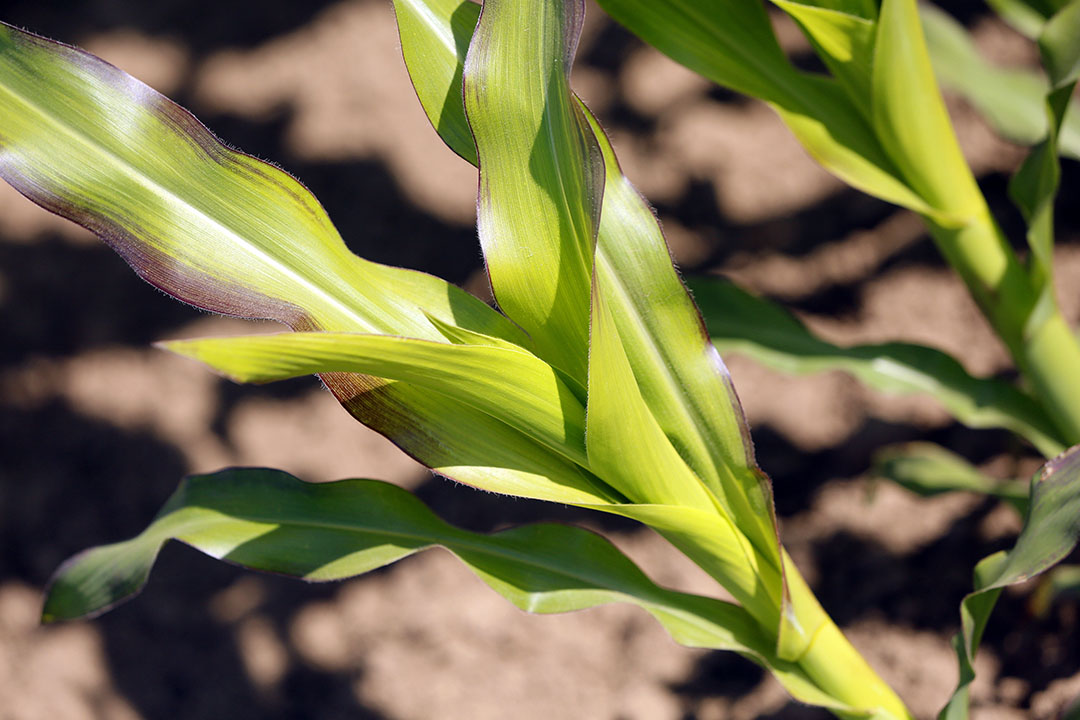Optimising corn to get more biofuel out

New US research revealed a different internal structure of corn than previously thought. These findings can help optimise how corn is converted into ethanol.
The US relies on ethanol, so it is important to see if the conversion from corn to ethanol can be even more efficient. Louisiana State University (LSU) researcher Tuo Wang, who led this study explains: “Currently, almost all gasoline contains about 10% ethanol. One-third of all corn production in the US, which is about 5 billion bushels annually, is used for ethanol production. Even if we can finally improve ethanol production efficiency by 1 or 2%, it could provide a significant benefit to society.”
A wiry complex carbohydrate called xylan
It has been previously thought that cellulose, a thick and rigid complex carbohydrate that acts like a scaffold in corn and other plants, connected directly to a waterproof polymer called lignin. However, Wang and colleagues discovered that lignin has limited contact with cellulose inside a plant. Instead, the wiry complex carbohydrate called xylan connects cellulose and lignin as the glue. It has also been previously thought that the cellulose, lignin and xylan molecules are mixed, but the scientists discovered that they each have separate domains and these domains perform separate functions.
Analysing more biofuel crops
The findings mean that a better enzyme or chemical can be designed to more efficiently break down the core of a plant’s biomass. These new approaches can also be applied to biomasses in other plants and organisms as well. In addition to corn, Wang and his colleagues analysed three other plant species: rice, switchgrass that is also used for biofuel production and the model plant species Arabidopsis, which is a flowering plant related to cabbage. The scientists found that the molecular structure among the 4 plants are similar. They are now analysing wood from eucalyptus, poplar and spruce, which could help improve the paper production and material development industries as well.
Source: LSU











